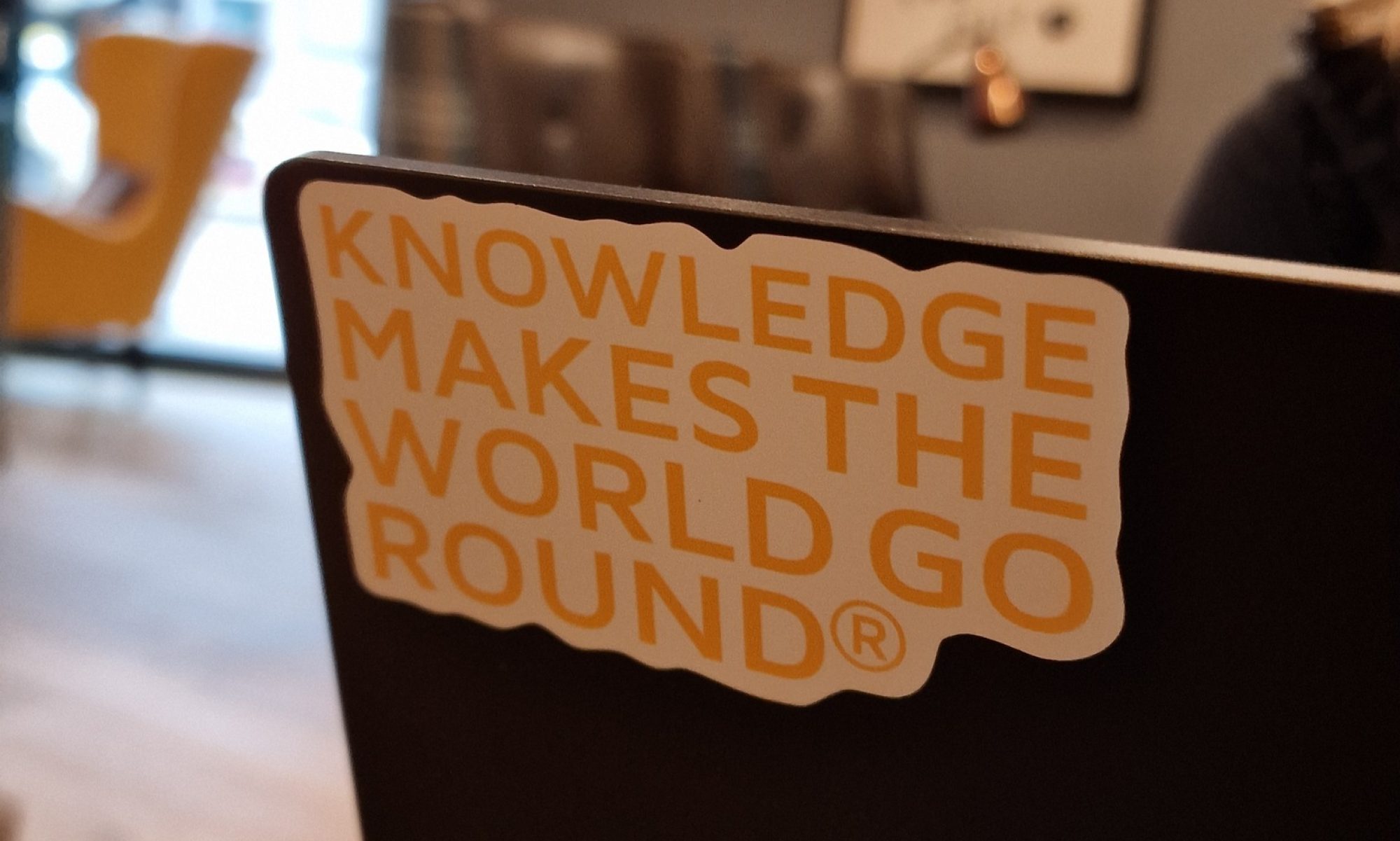
In dem Beitrag beschreibt Joachim Funke eindrucksvoll den Weg zum ersten Intelligenztest der Welt. Interessanter ist allerdings für mich folgendes (Seite 38): „Inhaltlich hat sich das Intelligenzkonzept in den letzten 100 Jahren ausdifferenziert (vgl. Funke u. Vatterodt-Plünnecke 2004): An der Stelle einer einzigen Intelligenzdimension (´general intelligence´, g-Faktor) ist heute die Konzeption multipler Intelligenzen im Sinne unterschiedlicher Teilkompetenzen (z.B. logisches Schlussfolgern, verbale Intelligenz, kreatives Problemlösen, emotionale Kompetenz, Körperbeherrschung) getreten, für die jeweils andere Erfassungsinstrumente benötigt werden.“

Ein deutlicher Hinweis auf die Multiple Intelligenzen Theorie von Gardner. Siehe dazu auch Freund, R. (2011): Das Konzept der Multiplen Kompetenz auf den Analyseebenen Individuum, Gruppe, Organisation und Netzwerk.






